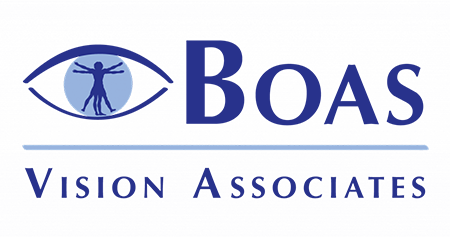
What Is Age Related Macular Degeneration or ARMD?
AMD is a common eye condition and a leading cause of vision loss among people age 50 and older. The macula is the part of the eye needed for sharp and detailed vision, which lets us see objects that are straight ahead. It blurs the sharp, central vision you need for “straight-ahead” activities such as reading, sewing, and driving. It’s important to have an open discussion with your eye doctor about the risks and limitations of ARMD treatments.
While researchers have not yet discovered a cure for age-related macular degeneration (ARMD), there are treatment options which prevent the disease from progressing to blindness, and in some cases, they can even improve vision.
AMD by itself does not lead to complete blindness, with no ability to see. However, the loss of central vision in AMD can interfere with simple everyday activities, such as the ability to see faces, drive, read, write, or do close work, such as cooking or fixing things around the house.
Today, there are plenty of things that can stress out our eyes and lead to excessive exposure to harmful radiation. There are iPhones, computers, excessive reading and the 21st century has so many products that will cause a strain on your eyes. Those products will take a toll on your eyes that could speed up how fast the disease affects you.
Types of Macular Degeneration and Why you should be treated for it:
There are 2 basic types of ARMD, the wet form and the dry form.
- Dry macular degeneration is considered the less aggressive form of ARMD. It typically progresses much more slowly, and the level of eyesight damage is less severe. Dry ARMD is detected during routine eye exams, which is why it’s important to have yearly testing. Treating Dry AMD often involves high doses of zinc and antioxidants which have been shown to slow diseases progression.
- Wet macular degeneration is the more severe form of ARMD. Call us to book an emergency eye doctor's appointment if you experience a sudden worsening of blurry central vision. Wet ARMD occurs when there is abnormal blood vessel growth (angiogenesis), and leakage, which can cause scar tissue to develop. Treatments include laser surgery, injecting light sensitive dyes, or AMD medication injected directly into the eye to inhibit angiogenesis.
Boas Vision Associates is committed to your eye health:
Boas Vision Associates is dedicated to providing the highest quality vision care and treatments to all ages and all types of patients. With us, you’ll be receiving the best vision improvement practices to prevent vision loss from taking over your life. Our knowledgeable staff will provide you with an environment that is both state-of-the-art and comfortable. A full AMD risk analysis will be performed including a measurement of the amount of protective pigment in the macula. Recent National Eye Institute clinical trials have proven the effectiveness of nutrient supplements in slowing down vision loss in patients with AMD (The Age-Related Eye Disease Study or AREDS).
ARMD is an age related eye disease that runs in families, and is a leading cause of blindness in our aging population. There is no cure for this ocular disease, and ARMD related vision loss cannot usually be recovered. There are treatments, and preventative measures that can be taken, if detected early, so routine eye exams are essential.

By Appointment Only